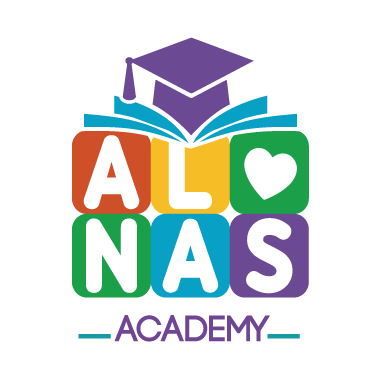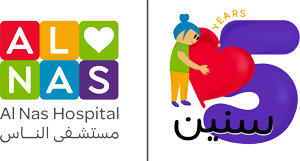

Description
Neonatal Cardiac Intensive Care Unit (NCICU) Nursing Scientific Day
Overview:
NCICU scientific day is a very nice day for sharing knowledge in this specific and sophisticated field in nursing. This scientific day aim to highlight the tips and tricks for managing neonatal cases post cardiac surgeries in the intensive care unit.
Objectives of the scientific day:
Clarify the infection prevention and control tips and tricks for NCICU patients.
Demonstrating the management of several panic situations in NCICU.
Illustrating the mechanical ventilator modes and weaning precautions in NCICU.
Discussing the preventive measures for cardiac arrest in NCICU.
Updating the staff with the new trends for practice in NCICU.
Content of the scientific day:
Infection prevention and control at NCICU.
Nursing nightmares in NCICU.
Nursing dealing with patient on servo, incubator at panic situations.
Modes of mechanical ventilator.
Support patient escaping from mechanical ventilator.
Firewall from code blue at NCICU.
New trends will face nursing at NCICU.
Basic Life Support (BLS)
The AHA’s BLS course trains participants to promptly recognize several life-threatening emergencies, give high-quality chest compressions, deliver appropriate ventilations and provide early use of an AED. Reflects science and education from the American Heart Association Guidelines Update for CPR and Emergency Cardiovascular Care (ECC).
Who should take this course?
The AHA’s BLS Course is designed for healthcare professionals and other personnel who need to know how to perform CPR and other basic cardiovascular life support skills in a wide variety of in-facility and prehospital settings.
Basic Life Support (BLS) Course Options
What does this course teach?
High-quality CPR for adults, children, and infants
The AHA Chain of Survival, specifically the BLS components
Important early use of an AED
Effective ventilations using a barrier device
Importance of teams in multirescuer resuscitation and performance as an effective team member during multirescuer CPR
Relief of foreign-body airway obstruction (choking) for adults and infants.
